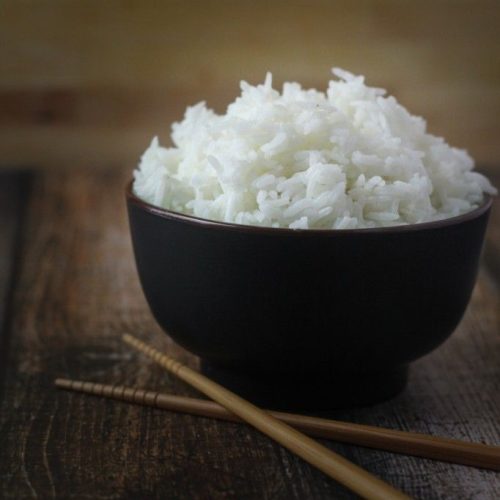The quest for the perfect white rice is a journey that many embark on, yet few master. It’s a staple so common and yet so nuanced that achieving that ideal fluffy, tender texture can feel like a culinary triumph. My pursuit of this seemingly simple dish is driven by a deep appreciation for its understated elegance and its role as the backbone of so many beloved meals.
In my kitchen, the act of cooking white rice is elevated to a ritual, where precision and care are paramount. The allure lies not just in the end product, but in the process itself—the measured rinse of the grains, the bubbling whisper of the pot, and the delicate balance of water and heat. It’s a dance of simplicity, where each step is intentional and each grain is coaxed into yielding its best self.
There’s a comforting predictability in a bowl of perfectly cooked white rice; it’s a canvas awaiting a splash of color from a stew or curry, or a satisfying presence alongside a stir-fry. Making this dish is about honoring tradition while finding joy in the basic elements of cooking. It’s a humble nod to the countless meals that have started with just rice and water, and a celebration of the quiet perfection found in a single, well-prepared ingredient.
Perfect White Rice Recipe
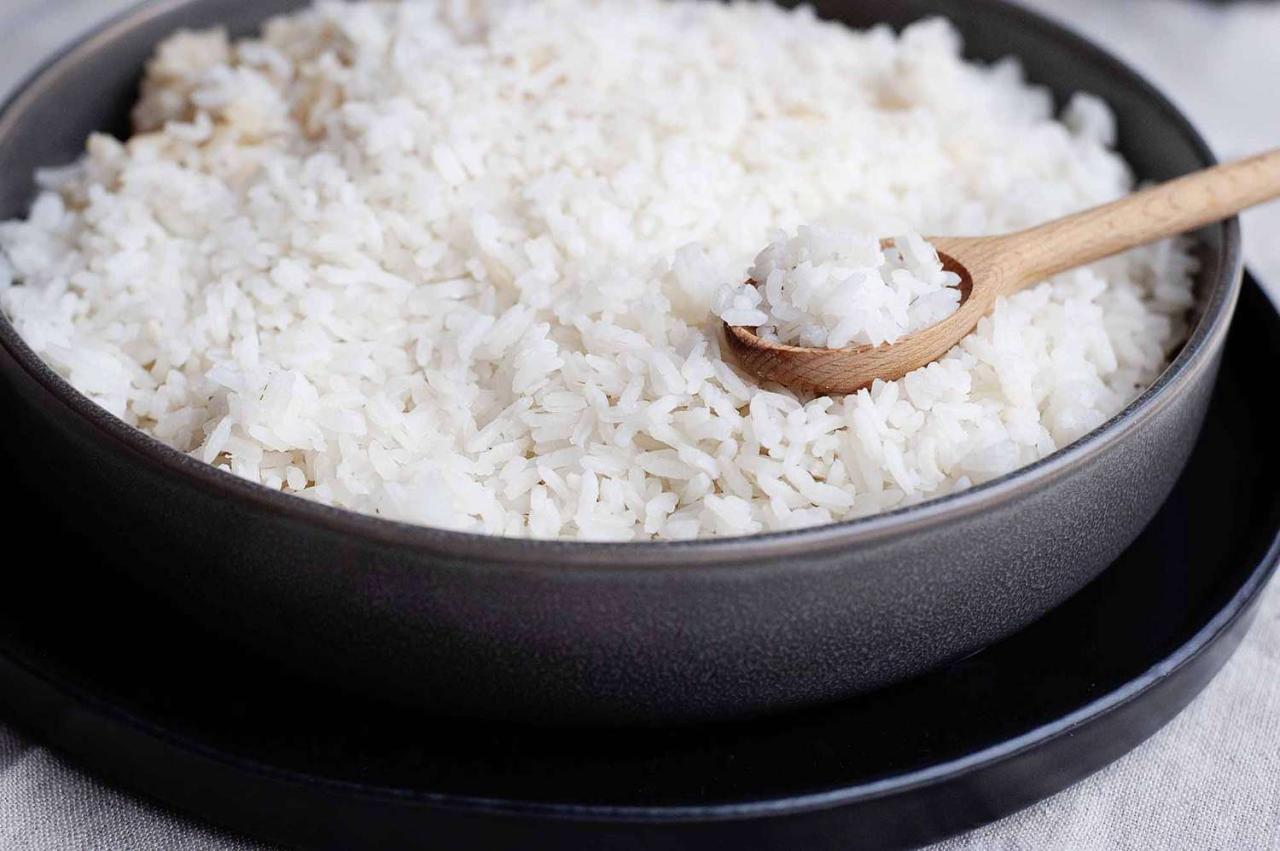
Perfect White Rice is a culinary staple that serves as the foundation for countless dishes worldwide. Achieving the perfect white rice is an art form, where the grains are cooked to be fluffy, distinct, and tender without being mushy or sticky. The process typically involves precise measurements of rice and water, rinsing the rice to remove excess starch, and mastering the timing and temperature during cooking.
The simplicity of white rice belies its significance; it’s a versatile side that can complement a wide array of main courses, from robust curries and hearty stews to delicate vegetables and grilled meats. It’s also the base for many other dishes, such as sushi, pilafs, and fried rice. The allure of perfect white rice lies in its texture and its ability to absorb and enhance the flavors it’s paired with, making it a beloved element of meals across various cultures.
In essence, perfect white rice is both a comfort food and a culinary challenge, representing a blend of technique, patience, and tradition. Its preparation is a meditative practice for some cooks, offering a moment of reflection in the rhythm of rinsing and simmering. When done right, it’s a testament to the beauty found in the basics of cooking, showcasing how a simple ingredient can be transformed into something sublime with care and attention.
Perfect White Rice
Fluffy White Rice How to cook white rice? How to prepare the perfect white rice? People keep asking me this question, so I decide today to tell you how to, step by step, make white rice. In Barranquilla (Colombia) is called “voladito” or “suelto” this will translate to something like Fluffy or Loose. Most people tell me that their rice is not loose. I hope that this article will help you become an expert in cooking the perfect white rice. I think that we all have different ways to prepare the simple white rice, and they are all valid ways. In fact, I differ from my mother, from whom I learned my love of cooking. It also makes a difference in which type of rice, or oil you use. This article is for to those people that are just starting in the art of cooking. The trick is to add the right amount of water to make it fluffy.
Prep Time 5 minutes mins
Cook Time 20 minutes mins
Total Time 25 minutes mins
Course Dinner
Cuisine International
Servings 3 people
Calories 256 kcal
- 1 Cup of white rice long grain
- 1 ½ cup of water
- 1 tablespoon of grape seed oil
- ½ teaspoon salt
PLACE a cauldron on the stove at high heat and add the ingredients, rice, oil, salt and water.
BRING to a boil and lower to medium heat.
COOK without covering and without moving it until liquid is absorbed, until the water evaporates.
STIR the rice when the water is absorbed, moving it from the edges to the center. This will assure that the rice will cook evenly.
LOWER the heat to a very minimum.
COVER the pot and let cook for about 15-20 minutes. It is important not to uncover the rice while is cooking. This will avoid that the rice hardens.
UNCOVER the pot so you can see this succulent rice. You can fluff the rice with a fork.
Cooking Tips
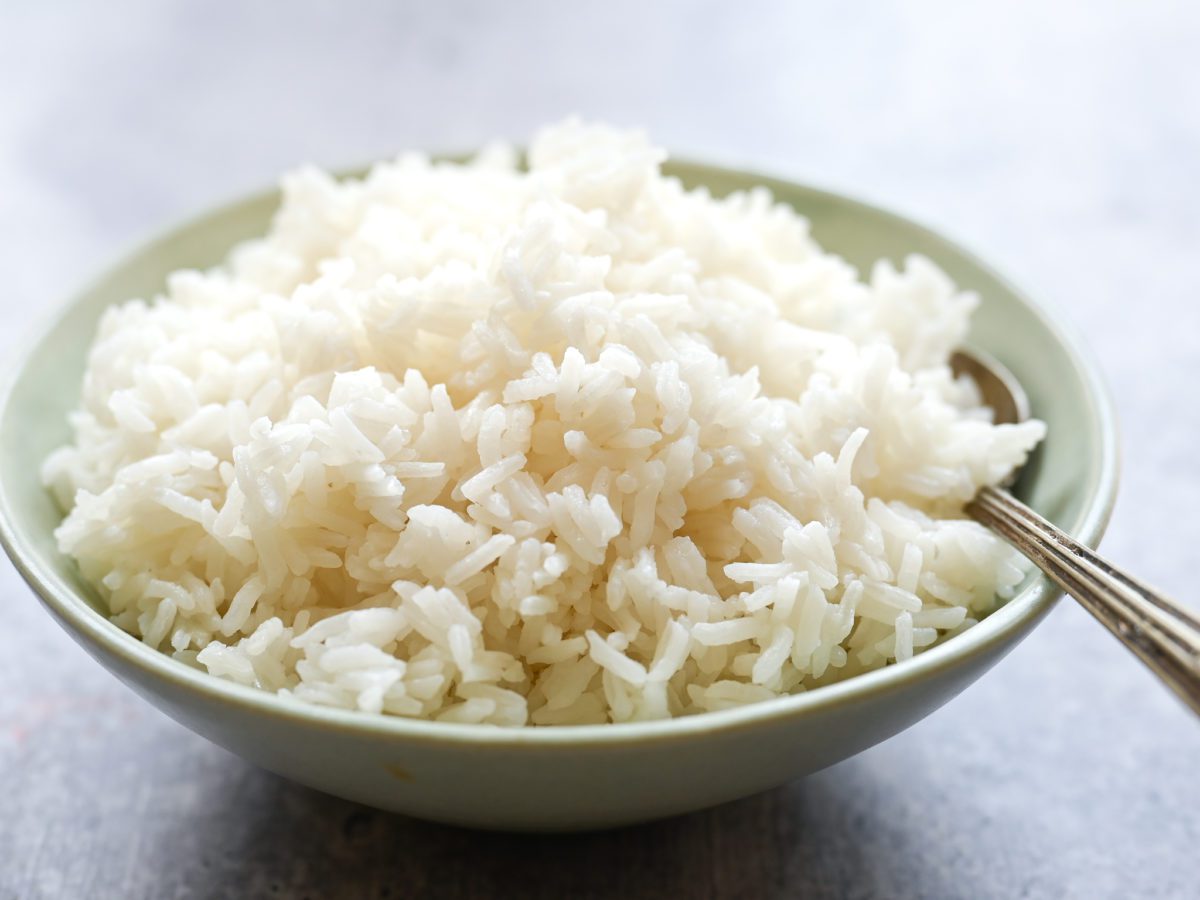
- Rinse with Care: Begin by rinsing the rice under cold water until the water runs clear. This washes away excess starch and prevents the grains from clumping together, setting the stage for each grain to become a pearl of softness.
- Water-to-Rice Ratio: The ratio of water to rice is critical. Typically, a good starting point is two cups of water for every cup of rice, but this can vary slightly depending on the type of rice. It’s this balance that allows the rice to cook evenly and emerge fluffy.
- Low and Slow: Once the rice has come to a boil, reduce the heat to low. A gentle simmer under a tight-fitting lid allows the steam to work its magic, coaxing the rice into tender submission without any rush.
- Resist Stirring: As tempting as it may be, avoid stirring the rice while it cooks. Stirring can release more starch and lead to a gummy texture. Patience here is your ally, allowing the rice to absorb the water and cook through undisturbed.
- Rest and Fluff: After the rice is cooked, let it rest off the heat for a few minutes with the lid on. This allows the rice to settle and the remaining steam to distribute throughout. Finally, fluff with a fork to separate the grains, revealing the perfect white rice that stands as a testament to the care woven into its preparation.
Serving suggestions
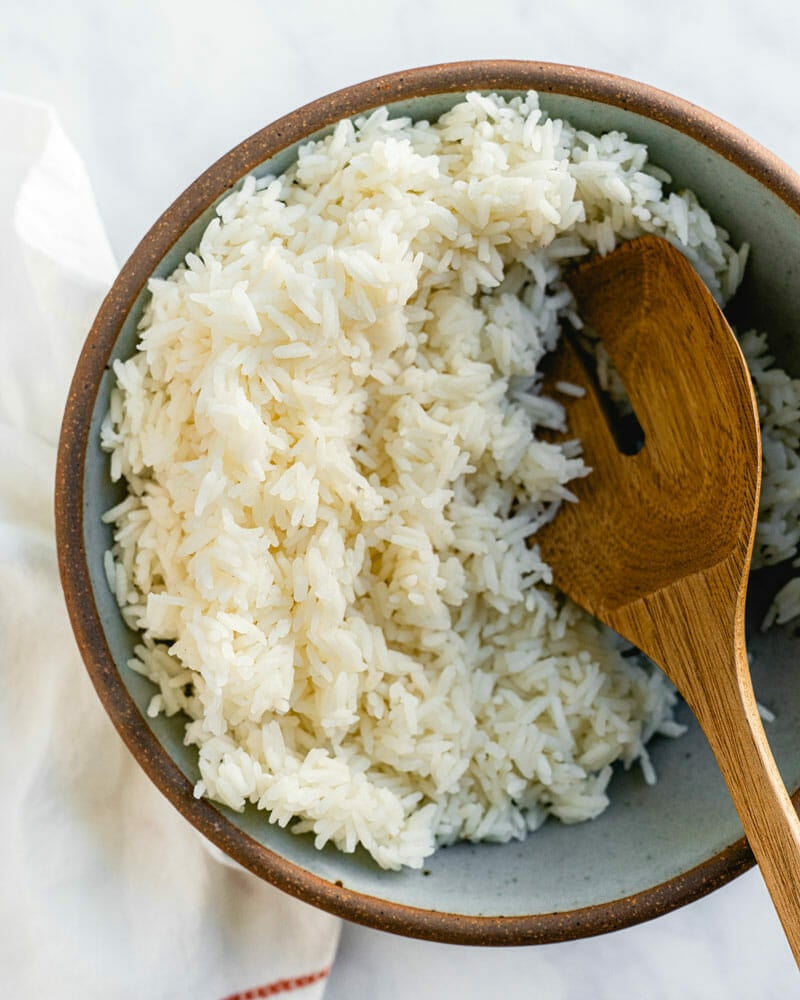
Serving perfect white rice is an act of grace and a nod to culinary traditions that span the globe. I find joy in presenting it as a pristine bed for vibrant curries or as a humble companion to a rich, savory stew. The steam rising from the fluffy grains carries with it the promise of comfort and the satisfaction of a meal crafted with intention. It’s a dish that doesn’t shout for attention but rather supports and enhances the flavors it’s paired with. In its simplicity, perfect white rice offers a moment of purity on the plate, a testament to the beauty of getting the basics just right. It’s a canvas waiting to be painted with the colors and tastes of the accompanying fare, a quiet celebration of balance and harmony in every spoonful.
Top 5 FAQs about Perfect White Rice
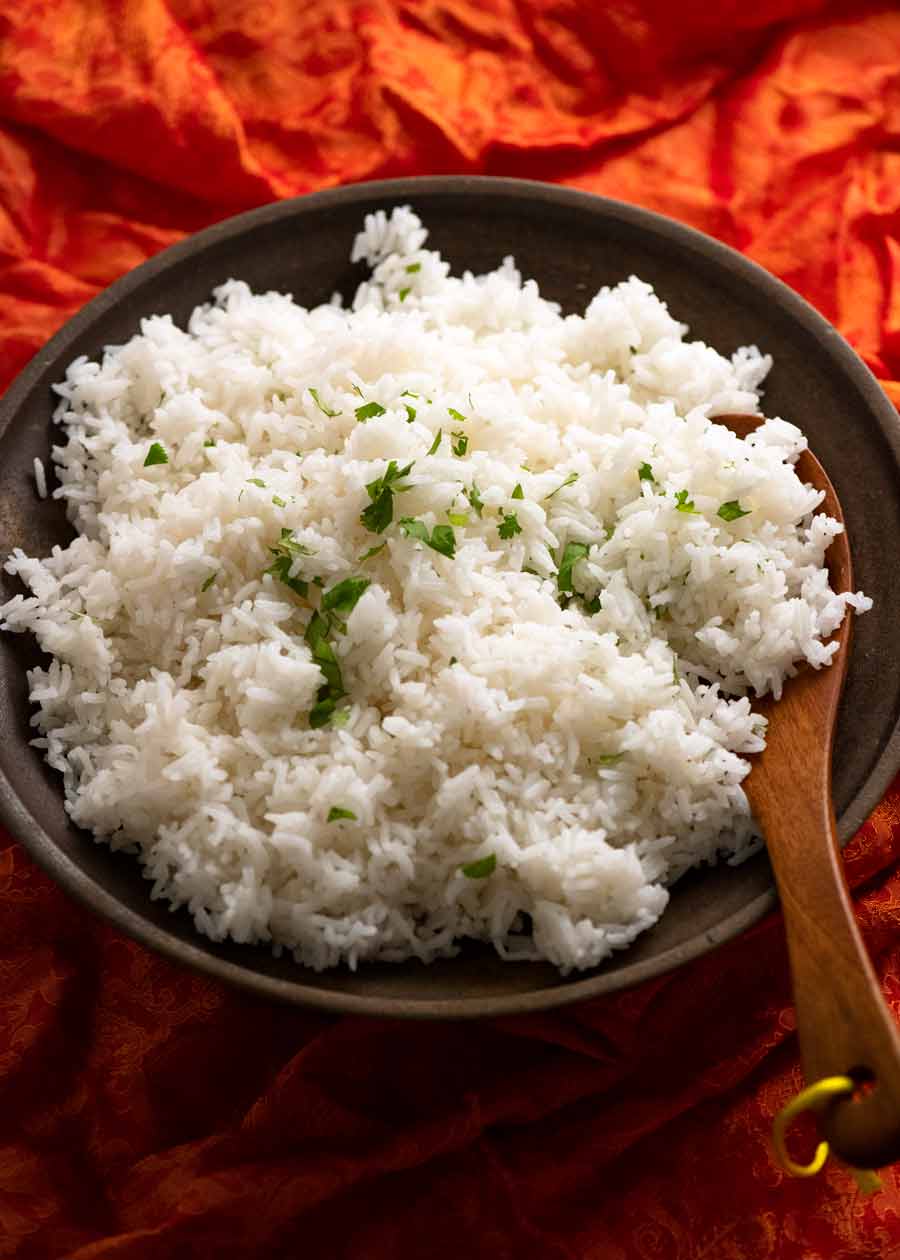
- What is the ideal water-to-rice ratio for cooking white rice? The water-to-rice ratio is critical to the outcome of cooked rice. Generally, a good starting point is to use a 2:1 water-to-rice ratio for long-grain white rice. However, this can vary slightly depending on the specific type of rice and the desired texture; some varieties may require less water. It’s important to adjust and experiment based on personal preference and the characteristics of the rice being used.
- Do I need to rinse white rice before cooking, and if so, why? Rinsing white rice before cooking is often recommended to remove excess starch from the surface of the grains. This helps to prevent the rice from becoming too sticky or clumping together during the cooking process. Rinsing can also help remove any impurities or dust that might be present. Typically, rice is rinsed under cold water until the water runs clear.
- Is soaking white rice necessary, and what are the benefits? Soaking white rice is not always necessary, but it can have several benefits. Soaking can reduce cooking time, help achieve a more uniform texture, and sometimes improve the digestibility of the rice. The length of soaking time can vary, with some recipes suggesting 30 minutes to a few hours. However, for many modern varieties of white rice, especially those that cook quickly, soaking may be skipped altogether.
- What is the best method to cook perfect white rice? There are several methods to cook white rice, including stovetop simmering, using a rice cooker, or baking in an oven. The stovetop method typically involves bringing water to a boil, adding rice, reducing to a simmer, covering, and cooking until the water is absorbed. A rice cooker automates this process, often resulting in consistently cooked rice with minimal effort. The choice of method largely depends on the equipment available and personal preference.
- After cooking, should I let white rice rest before serving, and why? Allowing white rice to rest after cooking is a commonly recommended step. This resting period, usually about 10-15 minutes with the lid on, allows the rice to finish steaming, which helps to further even out the moisture throughout the rice and makes the grains fluffier. It also prevents the rice from being overly sticky and allows for easier handling and serving.
The pursuit of perfect white rice is a testament to the beauty that lies in simplicity. This dish, with its delicate grains standing separate yet tender to the bite, is a staple that transcends cultures and cuisines. It’s a versatile canvas that can be dressed up or down, capable of playing the supporting role to bold, spicy curries or being the star in a minimalist meal with just a pat of butter and a sprinkle of salt.
In conclusion, perfect white rice is not just about the end result but also the process—a mindful approach to cooking that honors the ingredients and the traditions behind them. It’s a reminder that sometimes the simplest dishes require the most care, and when executed with precision, they offer a sense of accomplishment and a moment of pure culinary joy. Whether it’s the foundation for an elaborate dish or a humble accompaniment, perfect white rice stands as a quiet celebration of getting the basics right, offering comfort and satisfaction in its unadorned perfection.

